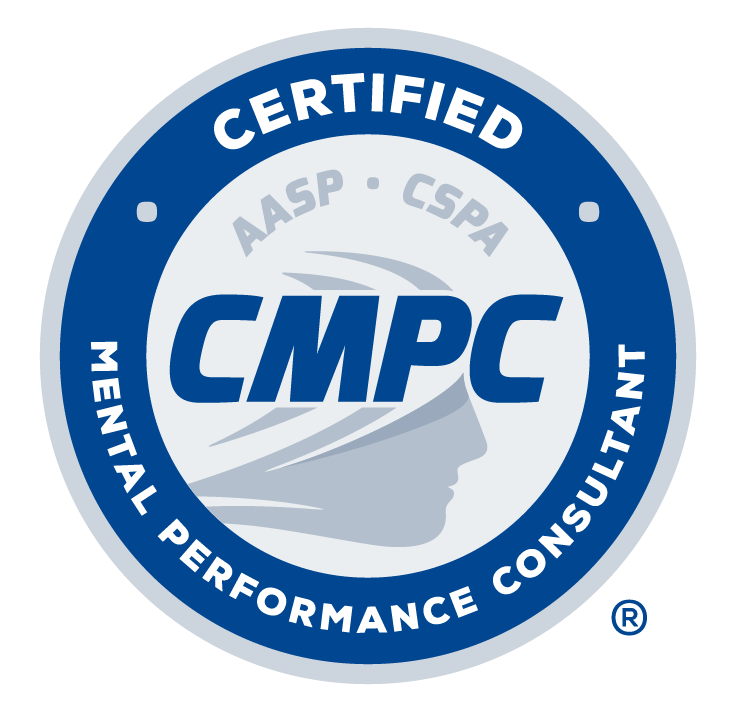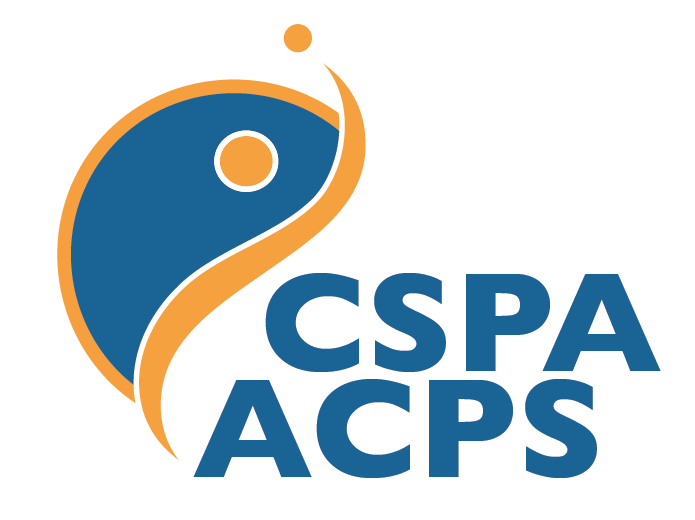AASP Newsletter - March 2020
Between a Rock & Hard Place: Ethically Managing Differences Between Ethics Codes
 |
 |
| Chelsea Wooding | Amber Shipherd |
Chelsea Wooding, PhD, CMPC, National University
Amber Shipherd, PhD, CMPC, Texas A&M University – Kingsville
When a practitioner faces an ethical dilemma and the Ethics Codes of their various member organizations are not in agreement, what is the “best” (and most ethical) path forward?
Considerations and Potential Paths
Some people might incorrectly assume that because APA or ACA were established before AASP, their ethics codes are by nature more rigorous and therefore should be prioritized over the AASP Code (e.g., deferring to APA or ACA when there is a discrepancy between those and AASP). Another incorrect presumption would be that since the AASP Ethics Code was written based on the APA's Ethics Code, APA's should take precedence. When facing a potential ethical dilemma, it is important to equally consider the ethics codes of all organizations to which you belong, regardless of their perceived status.
Utilizing the principle ethics approach (see Aoyagi & Portenga, 2010), when the ethics codes from different organizations disagree, the correct course of action would be to follow the more strict or stringent guidelines regardless of which ethics code that standard belongs. This approach helpfully reminds us that behavior considered ethical by one organization might not be considered ethical by another. When we are members of multiple organizations, it is our responsibility to balance the expectations and requirements of each one. However, ethical standards are not written in black-or-white, all-or-nothing terms. Therefore, while following the more stringent guideline might be the “safest” course, it might not always be the most practical or ethical option.
Although the principle ethics approach can help us compare codes and understand potential differences, Aoyagi and Portenga (2010) presented a strong argument for the role of positive and virtue ethics in sport and performance psychology. In reconciling potential discrepancies between ethics codes, rather than only looking at which codes have more stringent standards and following that to “do no harm," practitioners might be well-served by considering the approach that does the greatest good for the client(s). This process would involve following the recommendation of various ethical decision-making models (e.g., Hadjistavropoulos & Malloy, 2000; Pope & Vasquez, 2016) in considering the potential risks and benefits of each approach to those involved including any consequences that the practitioner might not see as likely in a given situation. For example, the APA Ethics Code is a bit more specific in their descriptions of multiple relationships when compared to AASP.
Therefore, a professor at a university who begins working in athletics might discover that a student-athlete is enrolled in their sport psychology course in the Spring. A principle ethics approach might entail either telling the student they must drop the course immediately and find a replacement course, or stop working with the team on which the student-athlete competes.
A more principle/virtue ethics approach might consider the needs of the student-athlete, the already stressful schedule student-athletes must balance, the availability of other sport psychology resources available (e.g., is this faculty member the only consultant on campus or in town?), where potential problems might arise, where the greatest good can be done for all parties, etc.
When using a positive or virtue ethics approach, practitioners are strongly encouraged to consider where exploitation, conflict, benefit, and growth might arise, knowing that they sometimes come from the least likely decisions.
Similarly, reflecting on the principles (not just the standards) of the ethics codes can help practitioners understand the spirit of the codes and to understand if the core values of the codes are aligned with the values of various potential actions. It is important to note, however, that even in using a positive and/or virtue ethics approach, practitioners are still expected to understand the codes of organizations to which they belong, regardless of whether or not they agree with that particular section.
Practical Examples
In 2007, Dieffenbach and Tebbe (2007) wrote a seminal piece highlighting both similarities and differences between the APA and AASP ethics codes. The following examples are inspired by differences identified in their article. Readers are encouraged to review the article in its entirety for more information.
Bartering. In APA Section 6.05, APA allows bartering if it is not exploitative and does not negatively impact treatment. AASP, however, does not allow for bartering at all in Standard 10 because of the potential for exploitation, conflict, and negative consequences that can occur in the working relationship.
Sexual Intimacy. In APA Section 10.08, APA explains clearly that practitioners are not to engage in sexual intimacies with former clients for at least two years after treatment has ended. In AASP Standard 9(c), however, only states that practitioners are not to engage in sexual intimacies with current clients; there are no guidelines for intimacy with previous clients.
Education and Training. Section 7 of the APA code specifically outlines key guidelines for educational settings, including best practices for safeguarding students during the supervision process. AASP Section 13(b) highlights that practitioners provide proper training and supervision, but in far less detail than the APA codes.
Unfortunately, similar articles do not exist (to our knowledge) comparing the AASP codes to other organizations, such as ACA, the Canadian Sport Psychology Association, or the National Association of Social Workers. However, members are encouraged to examine the different codes of the organizations to which they belong, and identify potential differences and discrepancies. The more educated you can be on the codes that apply to you, the more prepared you might be if an ethical issue arises.
Recommendations – You Are Not Alone!
Aoyagi and Portenga (2010) pointed to self-regulation as a unique ethical aspect of mental performance consulting. Because we are often the sole practitioner in a setting, we alone are responsible for understanding our ethical responsibilities in any given situation. Consequently, there are times when it feels like we must determine the most ethical course of action on our own. Luckily, this is not the case.
When facing potential ethical issues, perhaps one of the most effective first steps you can take is seeking guidance from a trusted, ethical colleague with an in-depth knowledge of the ethics codes and various models of ethical decision-making. If you still have questions after that consultation, you are also always welcome to reach out to the chair of the Ethics Committee at AASP (or any other organization’s Ethics Committee) to seek support and guidance in managing any discrepancies or ethical concerns. The Ethics Committee is happy to help educate and advise you to identify potential paths forward. As always, regardless of what steps you take in an ethical dilemma, proper and detailed documentation, including documentation of your ethics consultation(s), is a great tool.
Although you ultimately are responsible for the final path you choose in an ethical dilemma, you have a number of resources and support systems available to help you along the way.
References
Aoyagi, M. W., & Portenga, S. T. (2010). The role of positive ethics and virtues in the context of sport and performance psychology service delivery. Professional Psychology: Research and Practice, 41(3), 253–259. doi:10.1037/a0019483
Dieffenbach, K. & Tebbe, C. (Fall, 2007). AASP Ethics Committee report comparing the APA and AASP Ethics Codes submitted to the AASP Executive Board. 1-8.
Hadjistavropoulos, T., & Malloy, D. (2000). Making ethical choices: A comparative decision-making model for Canadian psychologists. Canadian Psychologist, 41(2), 104-115. doi:10.1037/h0086860
Pope, K. S., & Vasquez, M. J. T. (2016). Ethics in Psychotherapy and Counseling (5th ed.). Hoboken, NJ: John Wiley & Sons, Inc.
More in This Newsletter
Use the link below to read more articles in this issue, or return to the table of contents.- Previous article: Student Reps Share Trainee Resources & Involvement Opps



